As noted in our report on his passing last week, a number of Star Trek: The Next Generation alums turned to social media to offer personal memories of Professor Stephen Hawking, recalling his cameo in sixth season finale, “Descent.” Now in a new interview with The Wrap, “Descent” writer Ronald D. Moore is offering some of his personal memories of creating the iconic scene for the renowned physicist.
Moore describes how after being told to add a scene with Hawking, he turned to science consultant (and his former College Roomate and future The Expanse showrunner) Naren Shankar, saying:
“Naren had a Ph.D. in applied physics, so I brought him in, and he was also tickled at the idea of writing lines for Stephen Hawking. So he was the one who came up with the idea of the joke being that Stephen keeps busting the chops of the other scientists and that Isaac Newton is a jerk and that Einstein and Stephen keep bagging on him. Once we had that, the scene just wrote itself.”
Moore, who was one of the few people allowed on set for the big moment, says that Brent Spiner was “extremely nervous” about sharing a scene with Hawking. He added:
“We were all just so amazed because here is this guy who totally expanded what we know about space and it turned out that he was a ‘Star Trek’ fan. It felt so amazing to have that connection as people who have created stories in this universe.”
Hawking on being associated with show that breaks Einstein’s speed limit
You can get a glimpse of the behind the scenes on the shooting of Hawking’s episode from a 1993 clip from CNN. The clip features executive producer Rick Berman, actor Brent Spiner and Hawking himself, talking about how he had no problem appearing on a ship that broke Einstein’s limit of the speed of light.
Hawking’s final theory could test the existence of the multiverse
It turns out that Stephen Hawking isn’t done pushing the final frontier, with one last theory that could lead to a space mission that sounds like something suited for a Star Trek crew. According to the Times of London, a final theory submitted Professor Hawking just days before his death last week describes how other universes may be detected. This could lead to proof of the existence of a “multiverse,” something very familiar to fans of Star Trek.
Hawking wrote the paper – titled “A Smooth Exit from Eternal Inflation?” with his former student, cosmologist Thomas Hertog, who invoked Trek when speaking about it with Nature:
“We set out to develop methods to transform the idea of a multiverse into a coherent testable scientific framework. This was Hawking: to boldly go where Star Trek fears to tread.”
The paper, which has yet to undergo peer review, details a new mathematical model to describe the multiverse. In 1983, Hawking’s work predicted that the Big Bang resulted in the instantaneous creation of an infinite number of universes. The problem with this, although the math was correct, was that there was no way to test whether this was true. This new model refines Hawking’s previous work and suggests that the multiverse may be smaller than previously thought. The reason this is so exciting? The new math also suggests that the creation of a finite multiverse might have left traces in the cosmos that we can measure. In other words, Hawking has provided a way to test whether multiple universes exist.
The Times quotes Durham University cosmology professor Carlos Frenk, saying “These ideas offer the breathtaking prospect of finding evidence for the existence of other universes. This would profoundly change our perception of our place in the cosmos.”

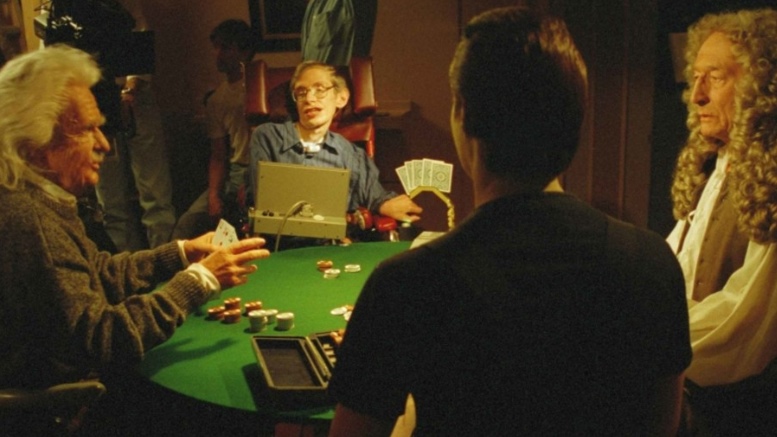

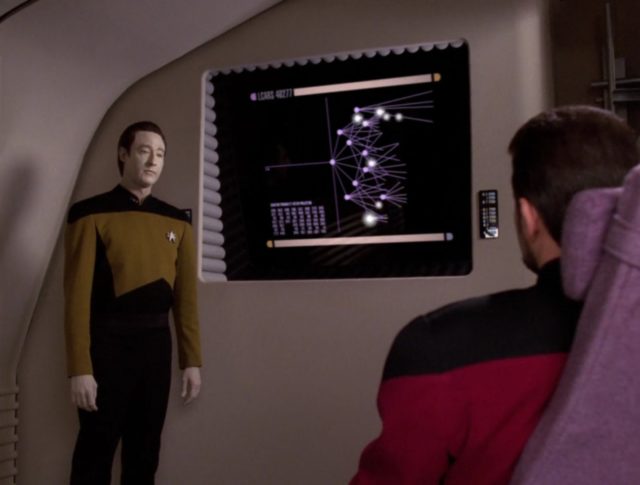
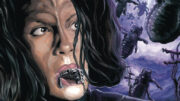
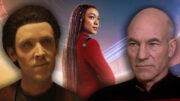
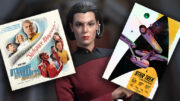
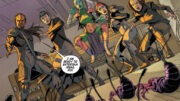
Lux aeterna, but “infinite” pushes credibility. I could more easily buy “incalculable.” There’s a very large but finite amount of matter, each particle of which could only have moved so many ways at the Big Bang. From those initial universes you get as many additional universes as there are outcomes for each event, and so on until the heat death of the universe. But even then, though innumerable, there are still a finite number of universes.
Someone check my math and/or attitude.
I’m not sure what your point is. The article clearly states that the infinite model has been replaced by a finite model in Hawking’s newer work, so you are objecting to the rejected model. Um…why?
From the article: “This new model refines Hawking’s previous work and suggests that the multiverse may be smaller than previously thought. The reason this is so exciting? The new math also suggests that the creation of a finite multiverse might have left traces in the cosmos that we can measure.”
You’re right, friend. I didn’t read closely and was going on a recent NPR segment I obviously misheard. Still–I think the old boy came to the right conclusion!
And at the very last and most outermost universe we hit a ‘wall’? That’s seems equally as ridiculous.
It’s the heat death/proton decay problem that is your wall. A near-infinite (but not quite!) universes, loosely filled with a quantuum slurry at absolute zero for all eternity with no one to observe it. That last bit is a mercy, I suppose. Makes one nostalgic for the “Big Crunch” hypothesis.
“[…]with no one to observe it.”
You… you mean… there’s no Restaurant at the End of the Universe?
And no one to say so long and thanks for all the fish!
I’m so depressed.
You could always make sandwiches.
If there were multiple universes then maybe there are certainly many versions of ourselves?
Oh no, more than one Hillary. Please say it isn’t so.
Better than multiple Trumps.
See you in another life, brother…
Yes heaven forbid we have more qualified leaders who’ve actually survived scandals unscathed.
The real question is, is there a goattee’d, dagger-carrying version of ourselves in another universe? If one already has a goattee, does our MU self also have one?
Thank you for rescuing this sub-thread!
For an absolutely classic take on that, go read Larry Niven’s “All The Myriad Ways”.
Oh, wait – you’ve already read it.
But wait – you haven’t read it, have you?
Ummm – Has Niven written it?
Amazing the cultural importance Trek had during the height of the Next Gen era. Night and day to now with the CW Network Disco Trek debacle. Oh, I know, Parrot Analytics tells us that Disco’s digital sexpressions beat the likes of hiatus Walking Dead etc; though much of these metrics point to things like redditors complaining about STD after watching a pirated stream. To be fair, there must be some fans of Disco Trek, likely among the teeny-bopper cosplay set.
But the Hawking cameo reminds us of Trek’s place as a scientific beacon- another aspect which STD tarnishes with its magical mushrooms, ghosts and galaxy-spanning telepathy. Yes, rationalizers will point to all the ridiculous plot devices in the franchise over the years, but they are either being disingenuous or misunderstanding the timbre of Trek. With 26 episodes a year, realism could set aside if an escapade required traveling back and forth from 1967 San Francisco. But the mission of the shows was meant to honor the scientific approach to knowledge and exploration. And some central components were grounded in a scientifically-based rigor; deGrasse Tyson mentions the verisimilitude of the engineering crews as opposed to Han Solo fixing his hyper drive with a wrench. Tellingly, STD uses engineering as a cavalcade of inanity, with each new spore room development ratcheting up the stakes in daftness.